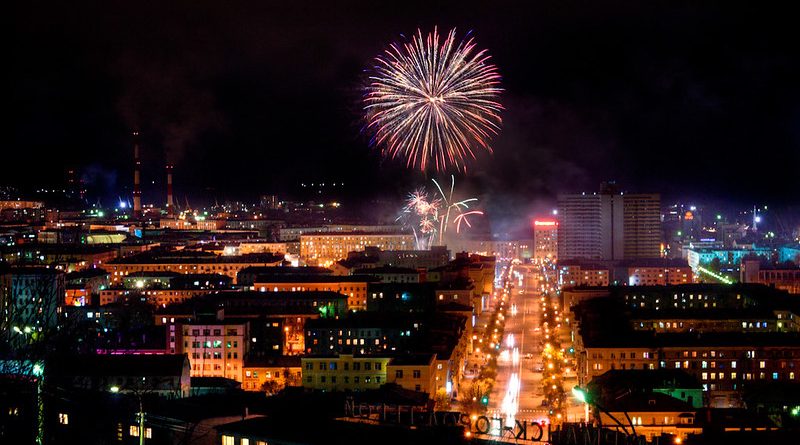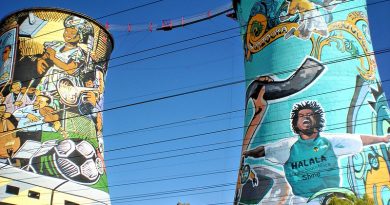Arctic Fireworks – The Aurora Borealis
Nature Facts
Where: Throughout Extreme Northern Hemisphere – best seen in North Norway
When: Best viewed October – March
What is it: Breathtaking natural fireworks caused by solar winds & the magnetic field reacting
Experience: Head to Alta – wrap up warm and stay up all night & sleep all day when it will still be dark!
Often described as natural fireworks, the Northern Lights or Aurora Borealis most often take the form of streaks of colours across the sky, and vary in colour from faint pastel tones of greens, yellows and pinks, through to bright shades of reds and golden yellows. They are an almost unique sight in this world, though a similar mirroring effect occurs in the southern hemisphere, called the Aurora Australis seen at the South Pole and Southern New Zealand.
The science
This phenomenon is caused by solar winds – streams of charged particles from the sun – reacting with magnetic field around the poles, which is where it is at its strongest. The solar wind puts a kind of pressure on the earth’s magnetic field, giving more energy to the particles on our own atmosphere, and these in turn react with gas atoms in the upper atmosphere, and release energy in the form of the coloured light that we see. These auroral storms create an enormous amount of electricity – the more energy produced the brighter the colours.
Where to see the Northern Lights
The lights can be seen anywhere in the North most part of the Northern Hemisphere. Top places for sightings include Arctic Canada, Alaska, Greenland, Siberia and even the Scottish Highlands. However, the top place for Light spotting, because of its accessibility and milder climate, is Norway. The best areas to see them are northern towns such as Tromso and Alta, though beware of going too far north – from Svalbard they are far less visible. North Norway is the optimum site for Aurora spotting, with lights viewable virtually every clear night. The best time for seeing the full majesty of the Northern Lights is during the time of the long polar nights, about October to March.
The extremes of the north have the added phenomenon of complete darkness about three months in mid-winter, when the sun never rises above the horizon, and the opposite in summer, when the sun never sets. The whole of Norway sees the same phenomenon to lesser degrees – winter visitors may often find the near-perpetual darkness a little depressing, while summer visitors often have difficulty sleeping, as the sun still shines through most of the night.
MORE INFORMATION
VisitNorway
A detailed Guide on how to watch the Northern lights and where in Norway from the Tourist Board
Aurora Borealis
Insiders’ guide to the northern lights from The Guardian Travel




